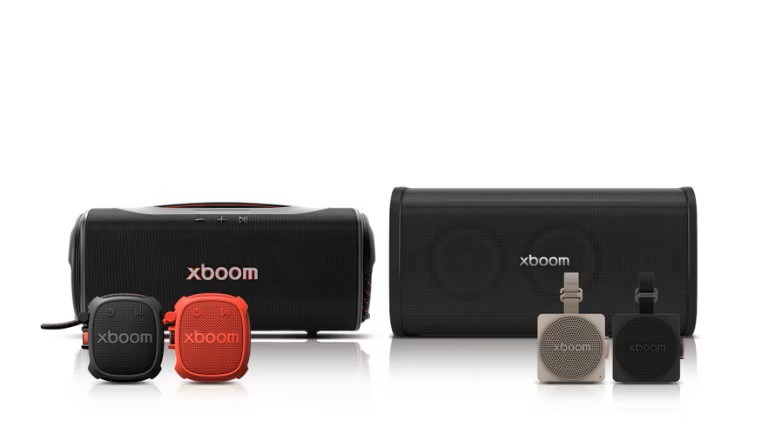We recently tested 15 DACs – and here are 6 we highly recommend
Because let's face it, you probably need one
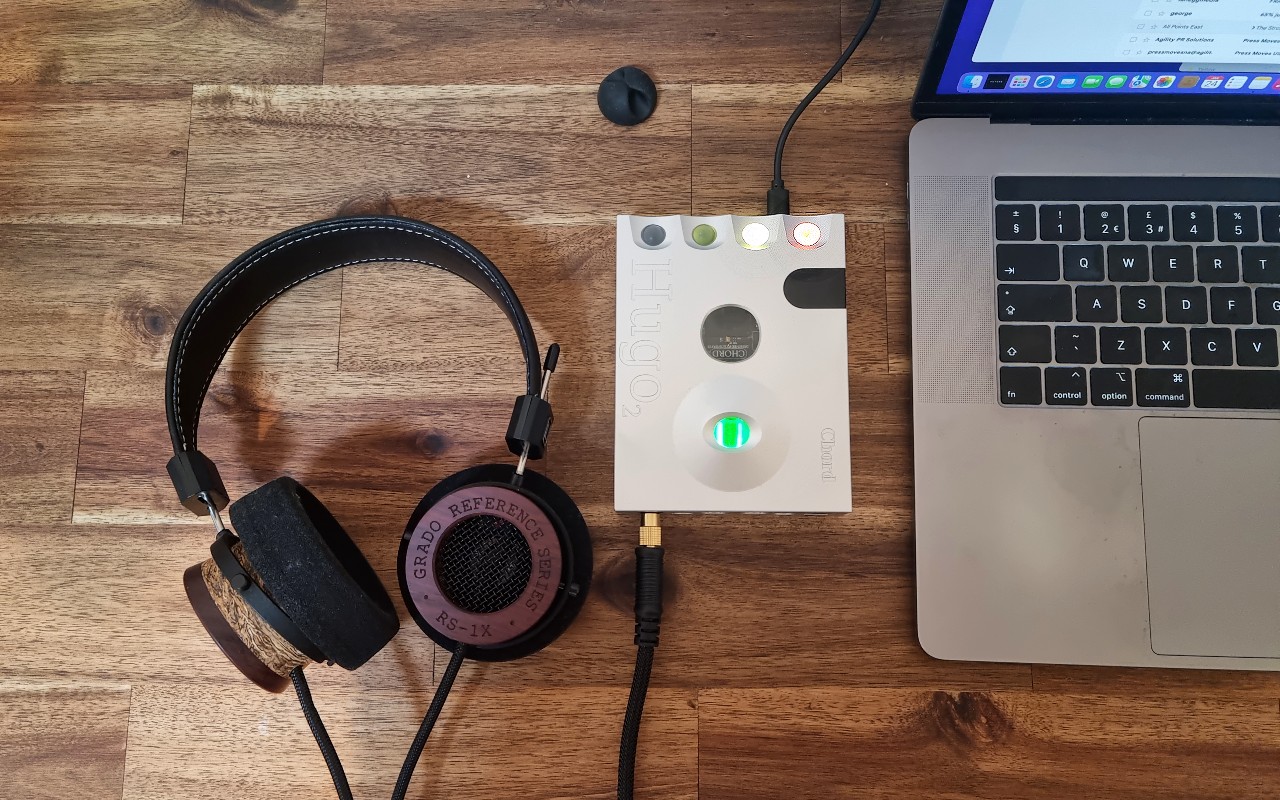
You might not realise this, but you probably use a DAC as much as you do underwear. Every single day, right? (Right?) Digital-to-analogue converters, to use their unabridged name, are found in most audio sources today, including phones to laptops, and perform the vital role of transforming digital music (a bunch of 1s and 0s) to the analogue form (an audio waveform) that headphones and speakers can understand. (Want to nerd up on DACs? Then right this way to our DAC explainer).
So if you have DACs already in your devices, why should you consider buying another? Well, for better sound quality. DACs – essentially tiny chips that convert the audio before it is output through the device’s, say, 3.5mm audio port – often aren’t high quality in such multi-tasking devices, so getting yourself a good, dedicated external DAC device that can more accurately convert digital to analogue, and thus savour more of a stored music file or stream’s data in the process, will make a huge difference to the music listening experience.
In many cases, external DACs can play ball with phones, laptops and even hi-fi systems, though some have been designed more for one purpose than the other. For the What Hi-Fi? Awards, our team of review experts first-time-tested or revisited 15 DACs from the biggest brands in the business – AudioQuest, iFi, Chord Electronics, Cambridge Audio, FiiO and Helm Audio – and these are the six we’d most heartily recommend for portable phone, desktop and hi-fi system use.
For portable phone use
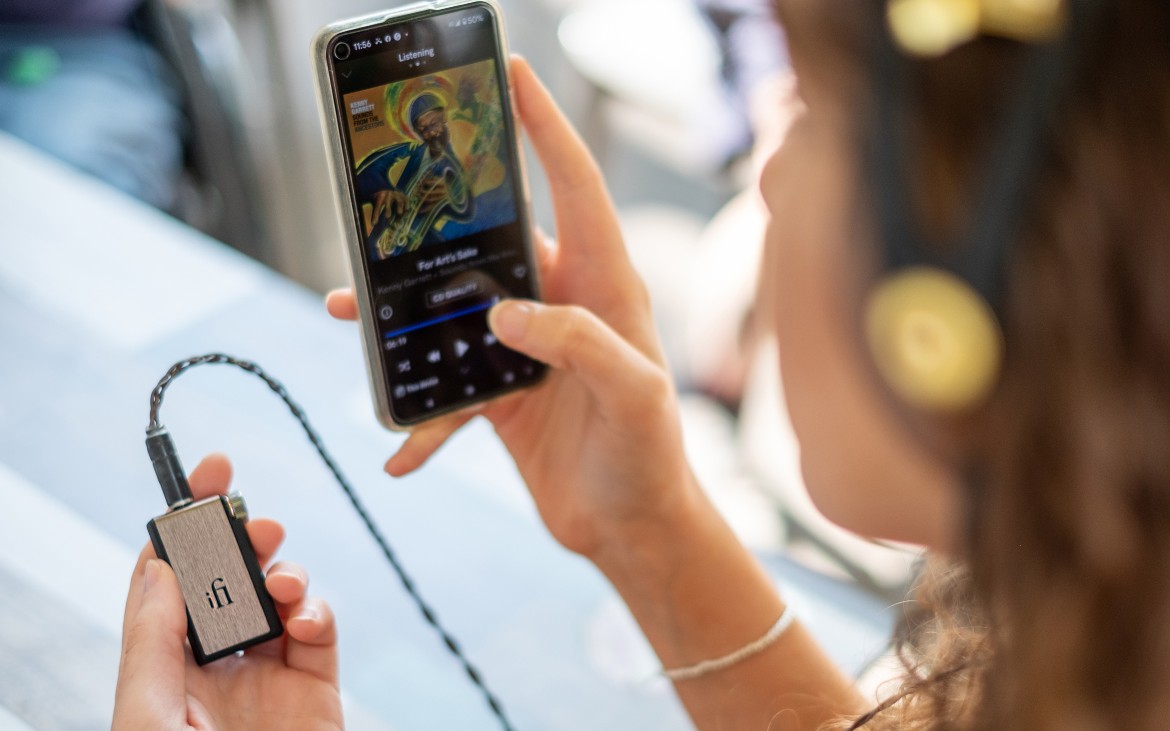
Just over 10 years ago, AudioQuest more or less founded the portable USB DAC. Its groundbreaking DragonFly Black arrived in 2012 to a sea of raised eyebrows with its unassuming USB memory stick form, which could plug straight into laptops/computers at one end (yes, just like a USB storage key) and accommodate 3.5mm wired headphones at the other. This magic middleman is still available (albeit in a more updated version), though it was soon followed up by the superior DragonFly Red, and now the popular line tops out with the DragonFly Cobalt, a multi and current What Hi-Fi? Award winner.
It’s a little more than double the price of the Black, but those who can afford it over the Black and Red siblings will be rewarded with a very worthwhile jump in audio quality over their phone or laptop. In our minds, it represents the biggest performance-per-pound value of the lot. The Cobalt still takes the form of a USB stick, but while that may seem a little outdated for laptops and phones that increasingly adopt USB-C connectors, you can just use it with a USB-A-to-USB-C adaptor, which is included in the box.
The world isn't short of portable DACs nowadays as an increasing number of dongle DACs (like the Helm Audio Bolt) in particular hit the scene, but the AudioQuests remain the strongest propositions we've heard.
Alternatively, a more contemporary and convenient option is the five-star iFi Go Blu DAC. Like the AudioQuests, headphones plug into one end, but the very pocketable Go Blu can connect to your phone/laptop wirelessly over Bluetooth, essentially taking one cable out of the equation if you so wish. Whether connected over Bluetooth or via its USB-C input, the Go Blu will give your source device a real top-to-bottom boost in not only clarity and weight but also openness and detail. You’ll get better performance for your money going wired with the AudioQuests, but, to quote our review, “when portability is paramount and convenience is key, you cannot currently better the iFi Go Blu”.
The latest hi-fi, home cinema and tech news, reviews, buying advice and deals, direct to your inbox.
For desktop laptop use
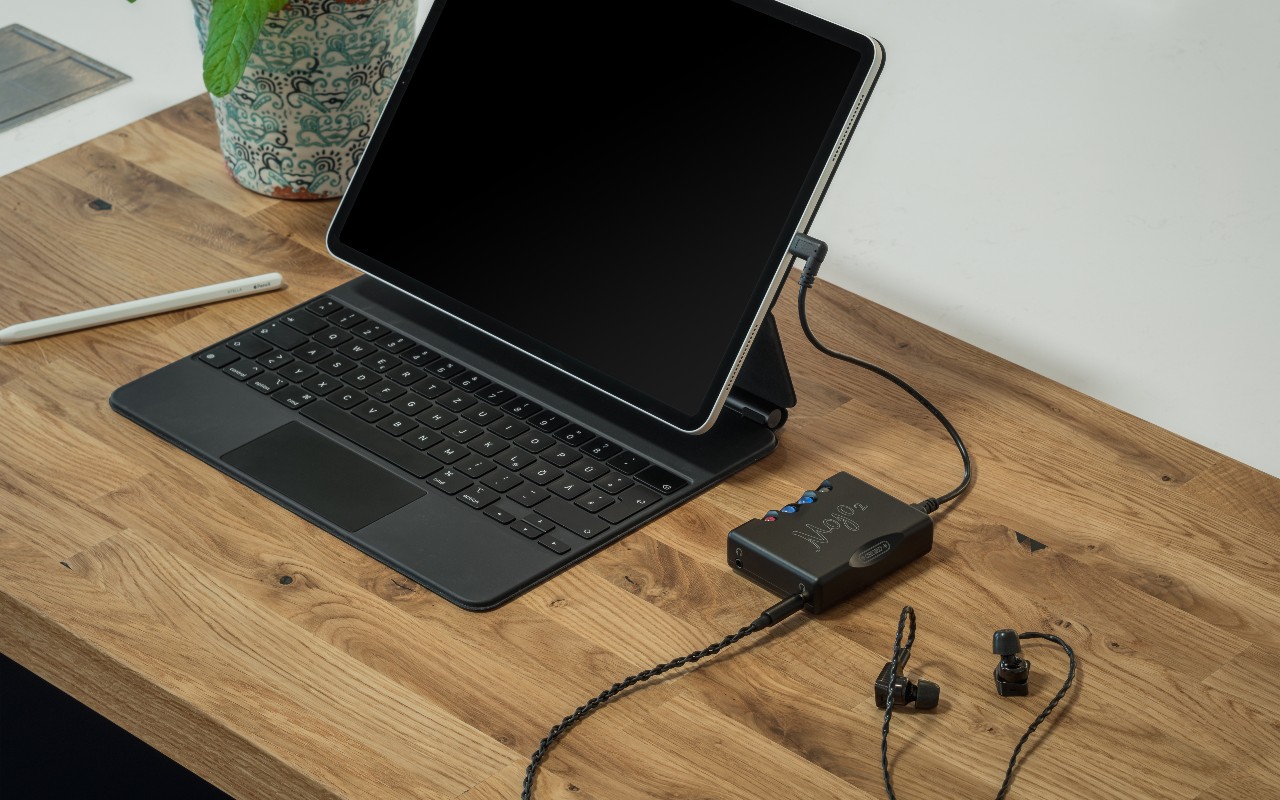
As mentioned before, the above four examples can be just as easily paired with laptops as they can with phones. That said, if portability isn’t a priority and you’d like something more substantial that can be a mainstay on your desktop, our entry-level pick is undoubtedly the iFi Zen DAC V2, another What Hi-Fi? Award winner.
With more outputs (6.3mm, RCA and balanced 4.4mm) and an asynchronous USB Type B input, plus customisation sound modes, full MQA audio decoding (beneficial for Tidal Hi-Fi Plus subscribers) and the ability to work in a budget hi-fi system as well as with a computer/laptop, the Zen DAC V2 doesn’t only sound excellent but is also more versatile than its aforementioned peers.
Going up in price doesn’t necessarily mean you get more features and flexibility, though – as the best-sounding DAC so far demonstrates. The Award-winning Chord Mojo 2 is a few rungs up the ladder when it comes to performance – and yes, price – offering a great deal of the performance of the thrice-the-price, also Award-winning Chord Hugo 2. Our pick of the desktop DACs, the Mojo is truly exceptional when it comes to the sound quality that can be offered from something at this level, though be aware that it doesn't have the ease of use of the iFi or the flexibility of something price-comparative like the Cambridge Audio DacMagic 200M.
The palm-sized device can significantly boost the sound of pretty much any kind of digital source thanks to its USB-C, optical, micro USB and 3.5mm-coaxial inputs – even mid-range hi-fi systems if you are willing to get around its omission of RCA outputs and consequently navigate an alternative cable solution.
For hi-fi system use
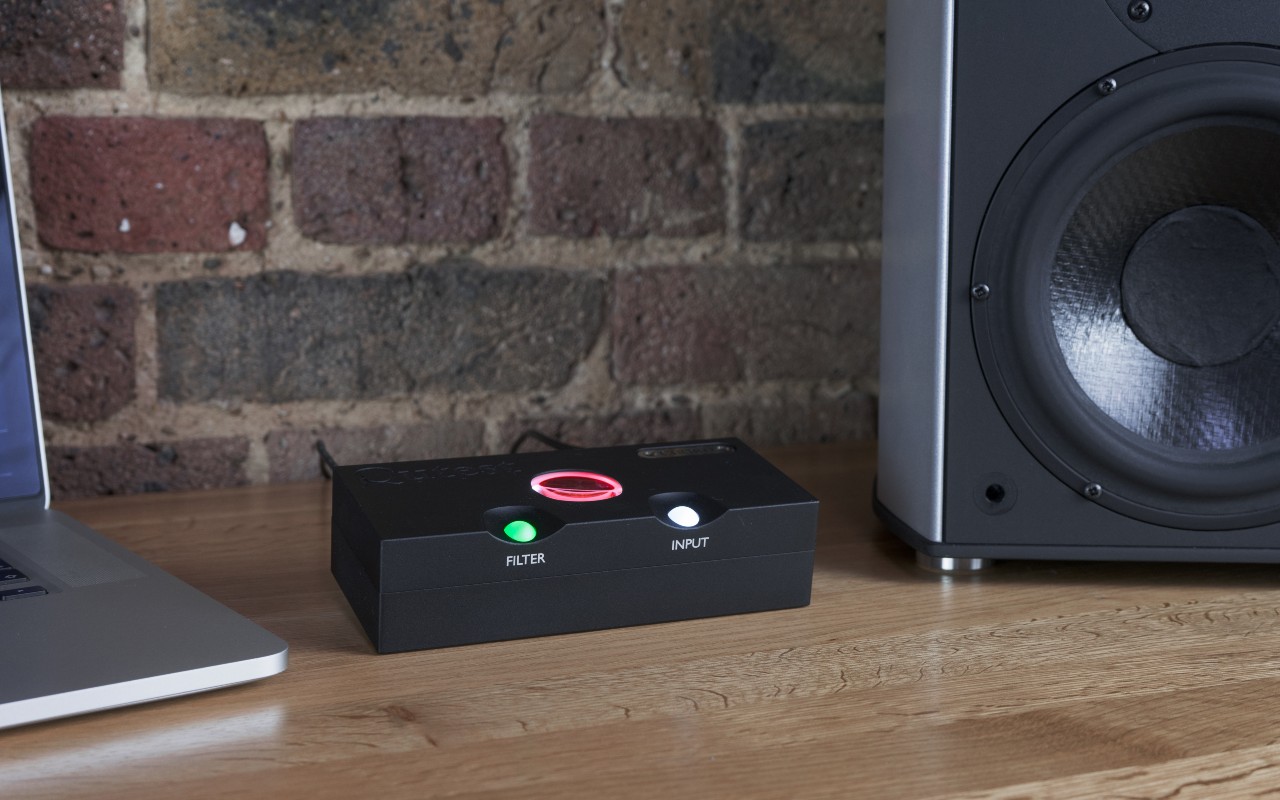
While the Chord Hugo 2 is, like the Mojo 2, battery-powered, its price, performance and connectivity make it just as suitable for system environments as desktop ones. This is essentially the Mojo 2 on steroids, offering one of the most transparent and musical performers on the market. “There isn’t another DAC around at anywhere near this sort of price able to communicate so torrentially, so unambiguously or so effortlessly,” we concluded in our review of the multi-award winner. (That said, those with bigger budgets and sonic ambitions can go up a model to the Chord Hugo TT2.)
There are hi-fi system-friendly inputs – namely coaxial, optical and aptX Bluetooth – but while RCA outputs are onboard for hooking it up to an amplifier in a loudspeaker-fronted system, much of the Hugo 2’s design is, like every other DAC mentioned so far, geared towards feeding headphones. If you aren’t a big fan of headphone listening, however, and would be satisfied by a DAC that can purely sit between a digital source and amplifier to make a sonic difference in a hi-fi speaker system, then we would point you to another Chord (yes, Chord Electronics largely dominates this market) – the Qutest.
Essentially a Hugo 2 without the headphones stage, built-in battery and Bluetooth (and the extra cost that goes into those things), this multi-Product-of-the-Year winner sets the benchmark before you get to true high-end territory.
MORE:
Read our longer shortlist of the best DACs you can buy
What is a DAC? And do you need one?
7 reasons why a DAC could be your music purchase of the year

Becky is a hi-fi, AV and technology journalist, formerly the Managing Editor at What Hi-Fi? and Editor of Australian Hi-Fi and Audio Esoterica magazines. With over twelve years of journalism experience in the hi-fi industry, she has reviewed all manner of audio gear, from budget amplifiers to high-end speakers, and particularly specialises in headphones and head-fi devices.
In her spare time, Becky can often be found running, watching Liverpool FC and horror movies, and hunting for gluten-free cake.
